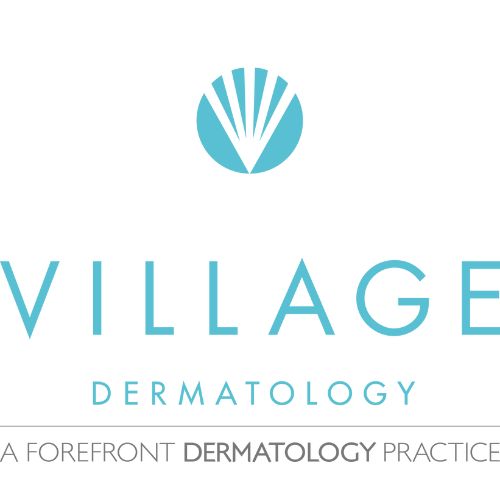What is Tinea Versicolor?
Tinea versicolor (also called Pityriasis Versicolor) is a yeast infection of the skin. This common medical dermatology condition frequently occurs in adolescents and young adults. It is caused by the fungus Malassezia, a type of yeast that can naturally be found on human skin. Usually, these microscopic organisms are not harmful, and in fact, protect you from infections and other pathogens that might cause diseases.
However, sometimes this yeast can grow out of control and can interfere with the natural pigmentation of the skin. When this happens, the skin develops discolored patches. These patches may be lighter or darker than the surrounding skin and commonly found on the upper part of the body (trunk and shoulders). This condition is not contagious nor painful at all, but it can cause some anxiety and depression to those that have it.
What Causes Tinea Versicolor?
Tinea Versicolor appears when the Malassezia rapidly overgrows on the skin. This phenomenon is yet to be explained, but some factors are known to promote the growth of this yeast on the skin. The following factors may trigger its growth:
- Oily skin
- Hot, humid weather
- Excessive sweating
- Hormonal changes
- A weakened immune system
Tinea Versicolor can occur to anyone, but in most cases, it appears more in teens and young adults.
Symptoms
Discolored patches on the skin are the most common symptom of Tinea versicolor. These patches are usually found at the upper body part, specifically on the arms, chest, neck, or back. These may be:
- White, pink, red, brown
- Lighter (more common) or darker than the skin surrounding them
- Dry, mild-itching, and scaling
- Unusual tanned spots
These spots are prone to disappear in cooler weather and might get worse when the humid, hot weather comes back.
Treatment for Tinea Versicolor
Tinea Versicolor, if not severe, can be treated with over-the-counter creams, lotions, or shampoos that are applied on the skin. In more severe cases, a visit to your dermatologist may be in order to have it professionally diagnosed and treated. Your type of treatment is dependent on the size, locations, and thickness of the infected area in your skin.
Some more popular options for treating Tinea Versicolor are as follows:
-
Topical antifungals
These are prescription and over-the-counter products that are applied directly to the skin. They can be in the form of cream, lotion, shampoo, foam, or soap and can control the growth of yeast.
Some available topical products:
- clotrimazole (Lotrimin AF, Mycelex)
- miconazole (Monistat, M-Zole)
- selenium sulfide (Selsun Blue shampoo)
- terbinafine (Lamisil)
- Ketoconazole (Extina, Nizoral)
- zinc-pyrithione
- ciclopirox (Loprox, Penlac)
-
Antifungal oral medication
If your Tinea Versicolor is severe, you will be advised by your doctor to take oral medication.
Some available oral medications:
- fluconazole (Diflucan)
- itraconazole (Onmel, Sporanox)
Conclusion
While Tinea Versicolor is a common skin condition, it can be treated effectively by a dermatology professional. At Village Dermatology, we specialize in treating skin conditions of all types. Our team of qualified dermatology professionals are here to serve your needs.
Fill out the form below to schedule a skin exam appointment with one of our medical providers.
"*" indicates required fields

